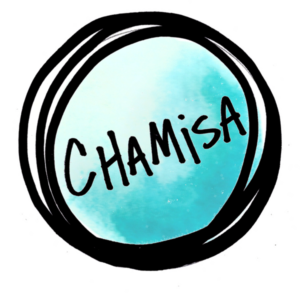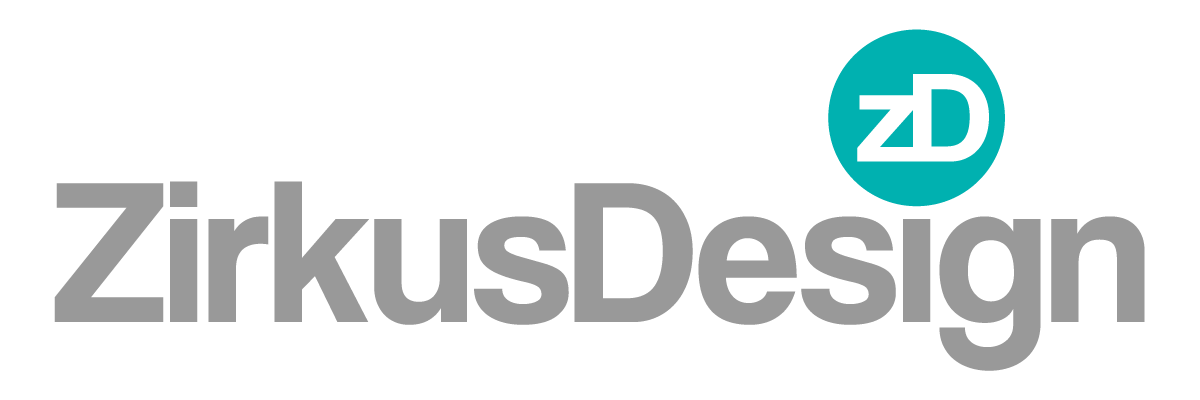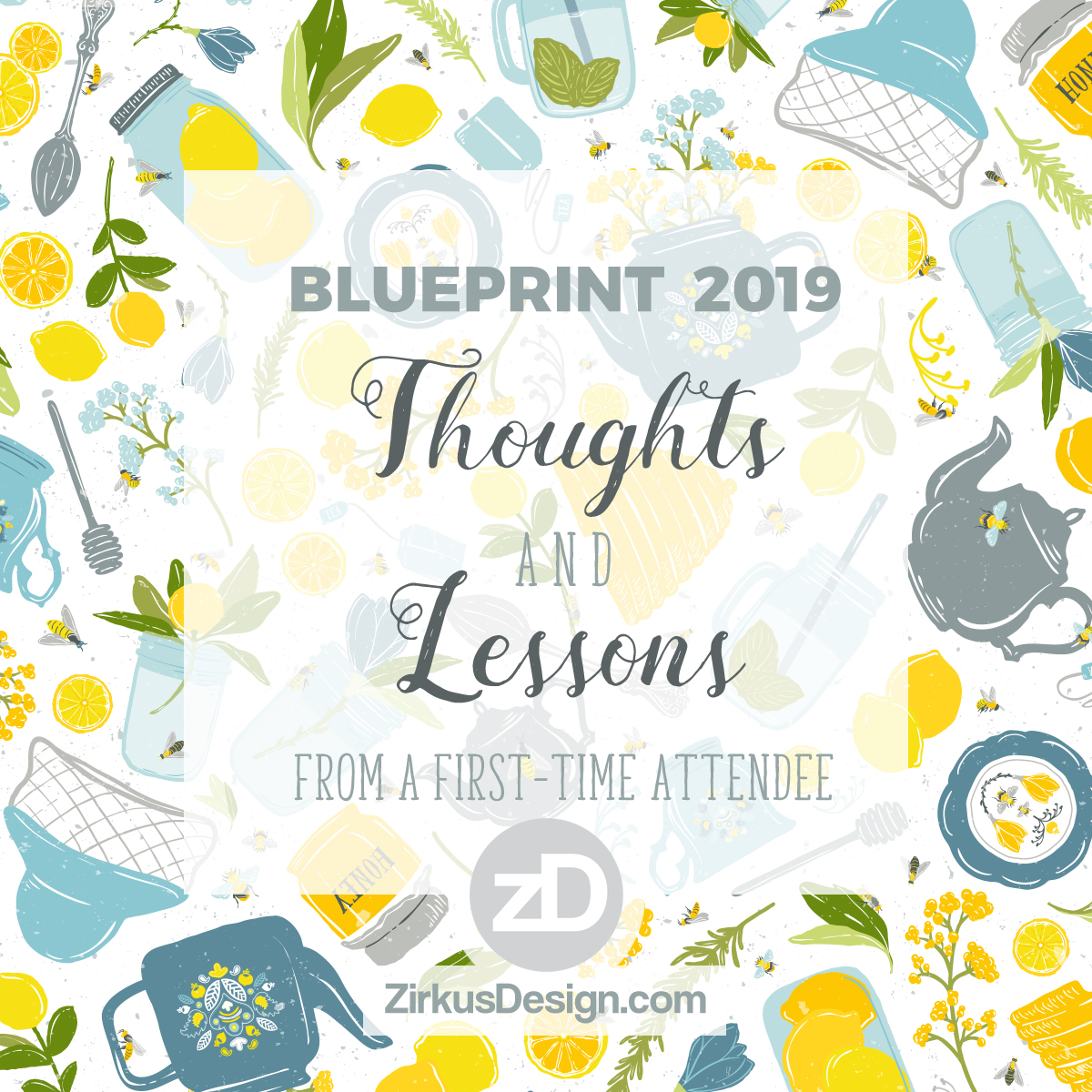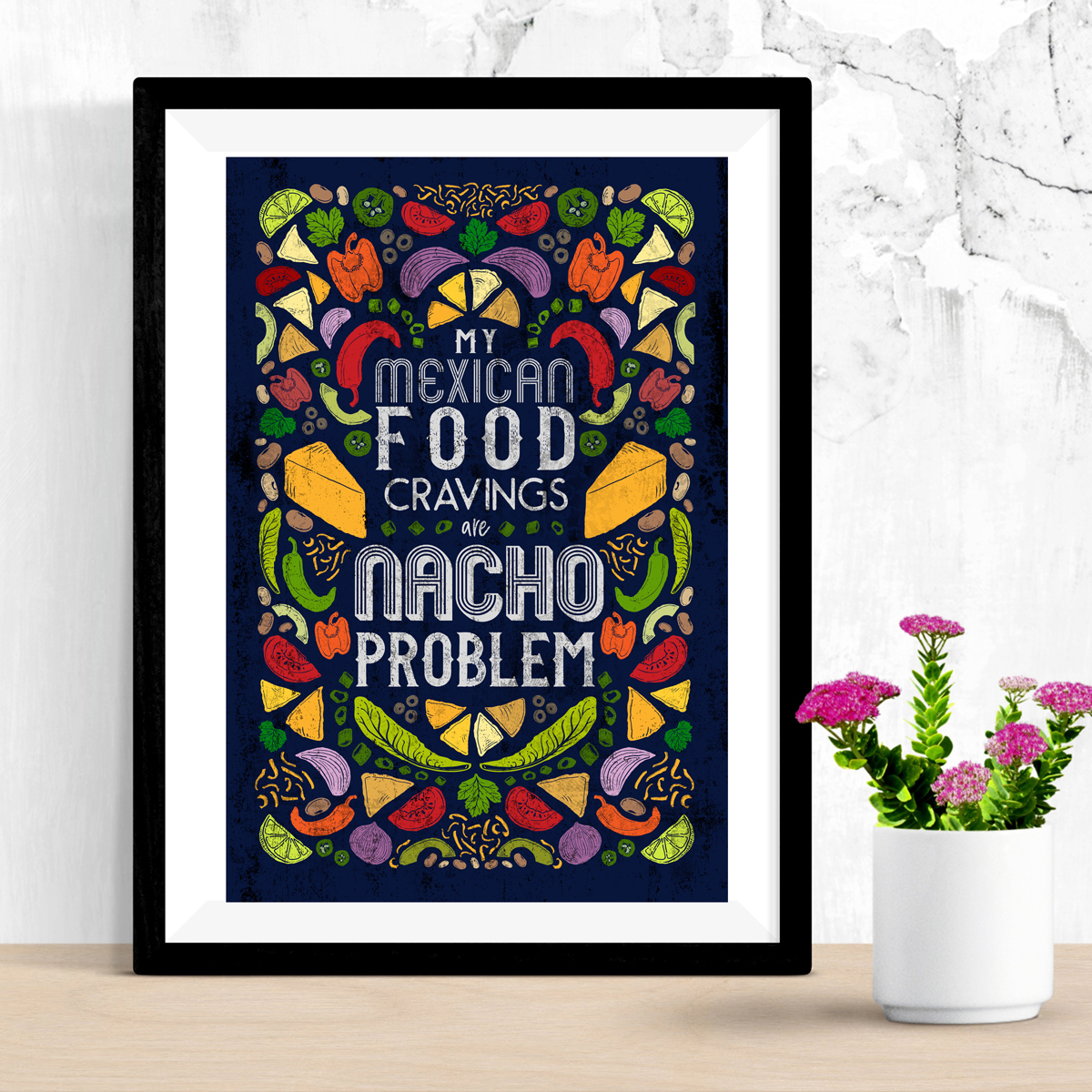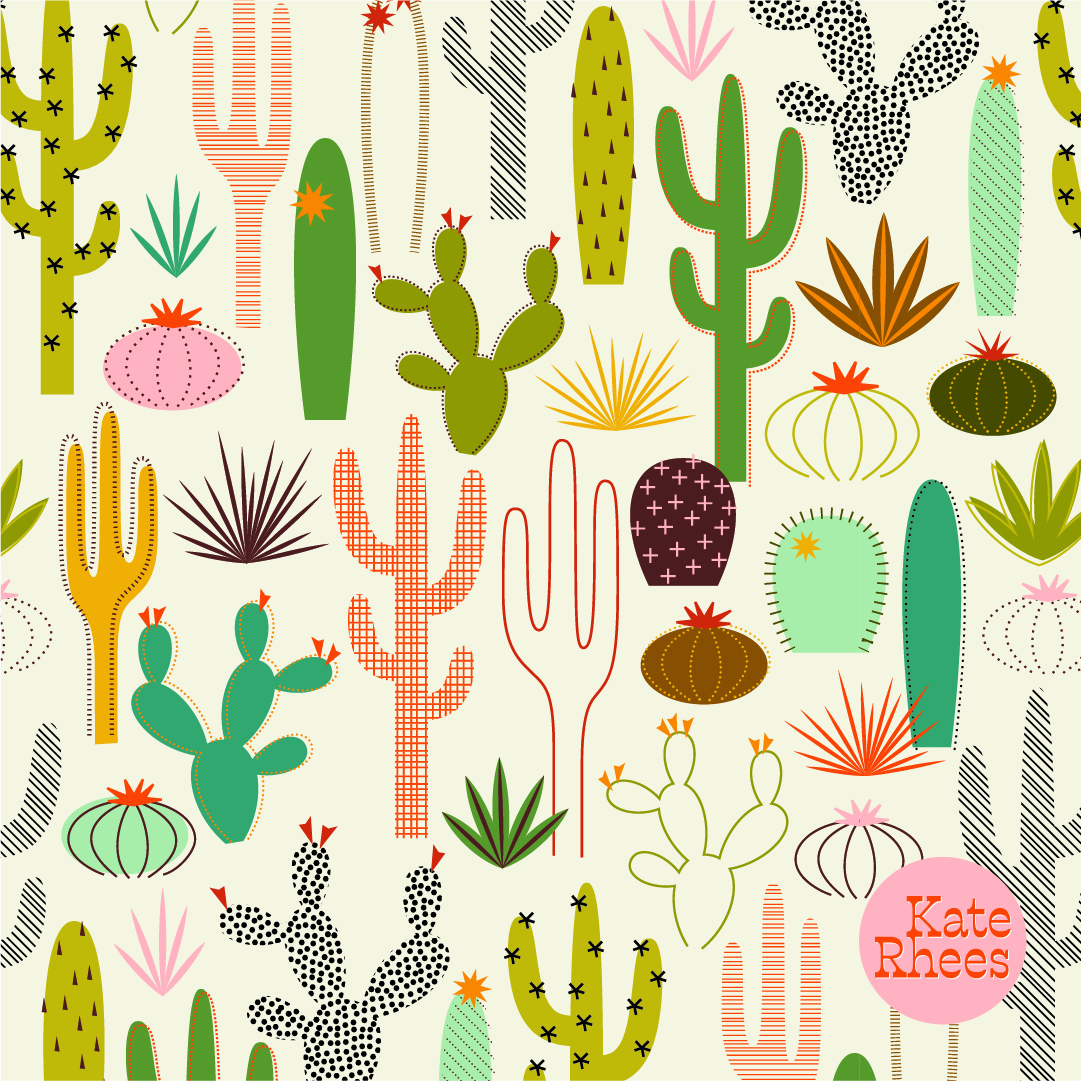After my last blog post in December, some *BIG* things happened in my design world.
First, I’m thrilled to announce that in January I was signed by an art agent! I’ve joined Andie Hanna Designs, and you can see my bio and some of my work on Andie’s website here. Andie has been wonderful to work with, and I am looking forward to all the new opportunities that will be available to me as one of her artists.
Second, Andie invited me and her other artists to exhibit artwork at Blueprint in May 2019 in New York City. This was a bit of a *pinch me!* moment as I had set a personal goal for myself of exhibiting at Blueprint in 2020. Since I attended Blueprint with an agent, my experience at the show will be different from that of an independent artist. I’ll try to point out those differences as I describe the different aspects of the show below.
In addition to my own thoughts on Blueprint, I’ve asked my friend Kate Rhees (who is also fellow Andie Hanna artist!) to share her opinion on the show, so make sure to scroll down for that!
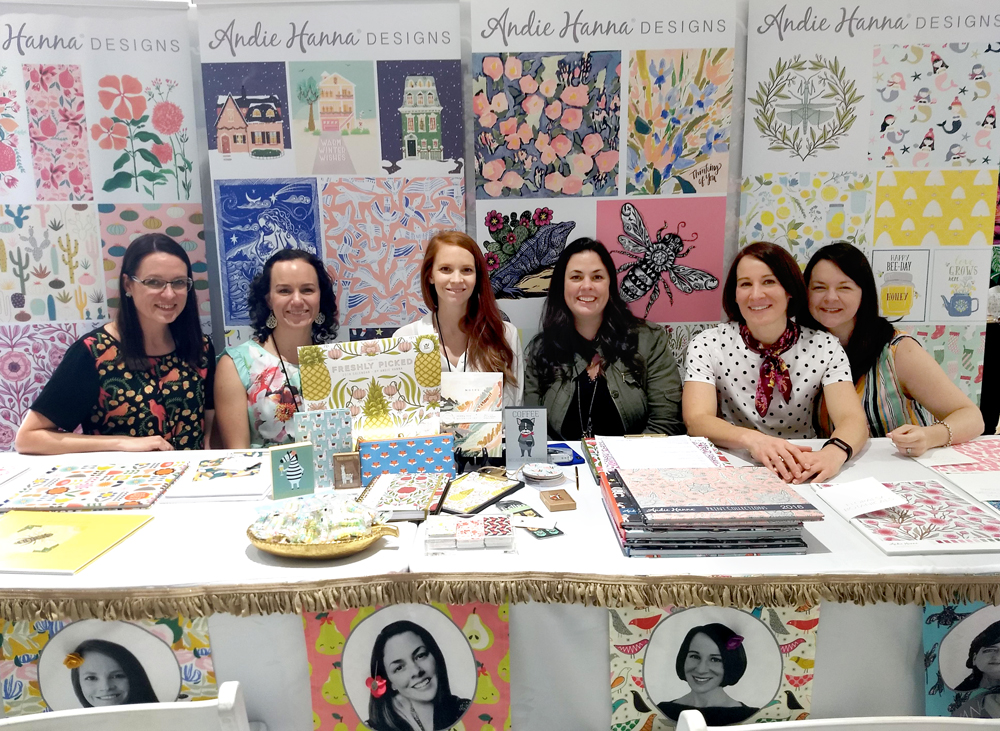
Blueprint Preparation
What I did
Most artists spend all year preparing for Surtex and Blueprint. I had only about 3 months!
To increase my chances of getting clients’ attention, I wanted to create as many collections as possible in the time I had. Before I started Blueprint prep, I had about 8 collections. Between February and April, I created about 7 more for a total of about 15 collections. Most of my collections have a minimum of 6 prints with some collections are as large as 12.
I also had a handful of collections and prints to sell (not license), but I did not create any additional patterns/collections to sell outright as I was focused on licensing collections in that 3 month window.
What I would change
I tend to create very large collections (9+ designs). This became problematic not only in terms of the time spent to create such large collections but also because that time spent caused me not to want to sell designs that were for license. For example, one licensing collection I made for the show consisted of 12 designs. A client wanted to buy (not license) one of the hero prints from that collection. The problem with selling that print is that the rest of the collection is essentially trashed because I cannot sell or license any of the rest of the patterns that contain the same elements. If that collection only had 3 prints, I probably would have sold the pattern and moved on.
Lesson: Create more collections with fewer prints (6 max with 3-4 being ideal).
Additionally, I would have created more prints/collections to sell outright. We got a LOT of clients that only buy outright, and I did not feel I had much to offer in this category.
Lesson: Create more artwork to sell outright. Have multiple options in the big categories (Christmas, Floral, Birthday, Holiday, Trending) for sale, not just license.
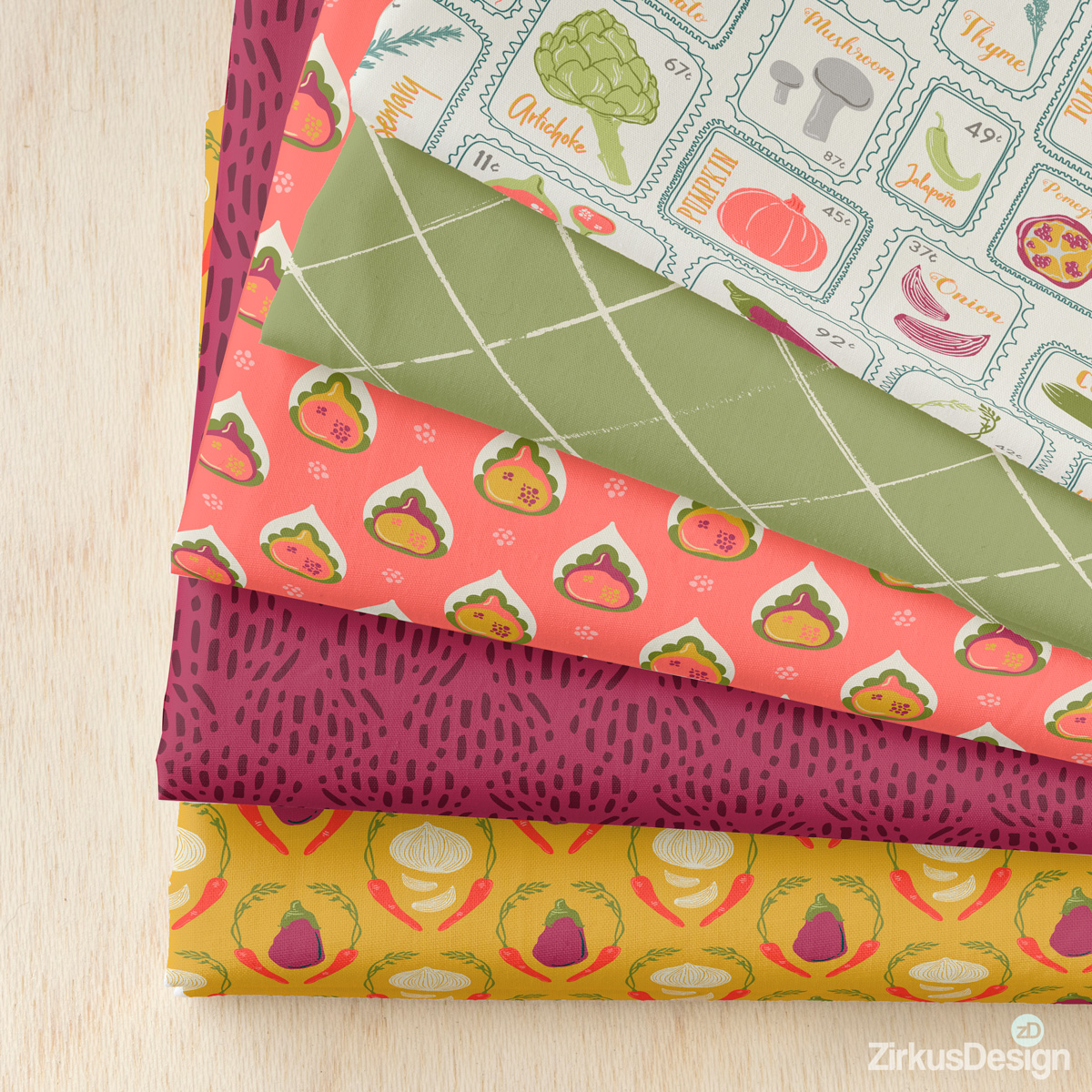
Portfolio Display
What I did
At the show, I saw MANY different ways of displaying artwork for sale and license. Some artists printed their designs on large poster-sized sheets. Some ordered fabric from Spoonflower and displayed swatches. Some collected their works in bound books, and some had samples of actual products with their designs. And, some artists did a mixture or all of the above!
Since I went to Blueprint with my agent, I created a Blurb book to display my licensing portfolio as that’s what she required. I liked this approach for two reasons. First, the bound book made the artwork look very professional and beautiful. I *highly* recommend Blurb as the quality is amazing, and you basically have a coffee table book of your designs. Lovely!
Second, I thought the Blurb books were easy to transport and flip through. A 150-page book is much easier for clients to thumb through than 150 loose sheets of poster-size paper. My Blurb book ended up being 146 pages. Other artists at the show had smaller books or two different books for different styles.
Our booth did have product samples and loose-leaf selling sheets as well as the Blurb books which contained artwork for license only. We also had free-standing banners behind our booth tables that displayed artwork from all of Andie’s artists.

What I would change
I would create a Blurb book again as I think it’s an effective way for clients to view work and also to distinguish art for sale from art for licensing. I liked the size of book, both the dimensions (Large Format Landscape, 13×11 in) and the number of pages, though around 120 would be more manageable in terms of cost and amount of work involved.
The only thing I would change is how and when I put the Blurb book together. It took me nearly an entire week to create the pattern collection pages and mockups for the designs, and I did all of this right before Blueprint and right before I left on a cross-country road trip (driving from Arizona to New York). This felt overwhelming and draining, and I would have liked to do the collection pages and mockups as I created the collections instead of all at once right before the deadline.
Lesson: Create Blurb book pages for collections and mockups as soon as I create the collections instead of all at one time.
Portfolio Content
What I did
As I stated earlier, I created about 15 collections to include in my Blurb book. Most of these collections consisted of 1-2 hero prints, coordinates, and blender prints. Some of the newer collections I designed just for Blueprint contained some placement prints that could be used for wall art or greeting cards.
What I would change
We ended up with MANY clients asking for wall art and greeting cards, so many more than I would have expected. Unfortunately, I only had a half a dozen or so actual greeting cards (designs that were created as greeting cards from the beginning, not pulled from pattern designs and made into cards/placements). The vast majority of my Blurb book consisted of repeat patterns, and some clients didn’t want repeats. I definitely plan to make more greeting card designs and research the clients that make greeting cards to make art in the desired style(s).
Additionally, I didn’t create many wall art prints. When I say wall art prints, I mean paintings or designs to hang on the wall that you’d see in places like Hobby Lobby, Home Goods, Target, etc. I would make more art in this category for the next show.
Lesson: Research clients who plan to attend and create artwork that fits their brands, and have a mix of repeat patterns, greeting cards, and wall art.
Blueprint Costs
What I did
Again, I exhibited to Blueprint with my agent, so my cost to attend Blueprint was different than an artist going alone. The cost for a booth at Blueprint NYC 2019 isn’t on their website anymore, but there is a blog entry that states that a single booth went for $1250. Blueprint’s website shows that costs for booths at their San Francisco show this October range from $1200 for a single booth to $2500 for a double booth. This cost was covered by Andie, so I did not pay for our booth.
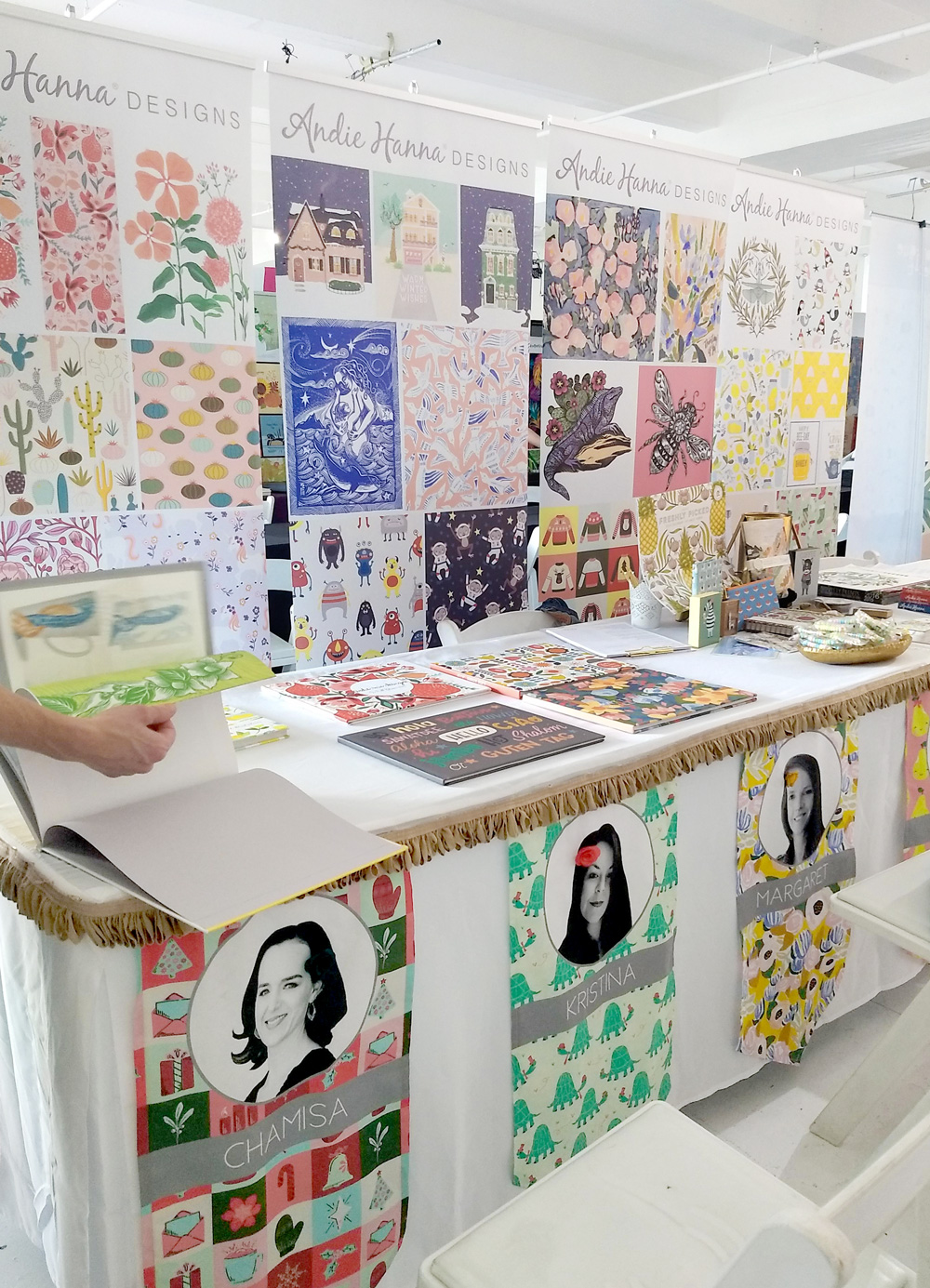
As most agents do, Andie collected a marketing fee for materials related to the show. The amount for show marketing varies by agent, but I felt that Andie’s fee was reasonable. This covered printing and shipping costs for postcards, business cards, banners, etc.
I did print my own business cards for the show, but these were for trading with other artists, not for handing out to clients (as I’m with an agent and that would be a big no no!). Both Andie and I printed our business cards through Moo, and I would highly recommend them. The quality and feel are absolutely wonderful, but I also love that Moo allows you to print multiple designs on the backs of the business cards for no additional fee. This makes it fun for friends and artists to pick their favorite back design which helps them to remember you.
In addition to the marketing fee, I also had transportation costs. As my family was going on a big summer vacation to the East Coast, I had gas, toll, and road trip expenses instead of airfare. Hotels in New York City in May tend to be *very* expensive, but I was able to snag a hotel over in Jersey for a reasonable amount. I needed to pay bus fare to and from New Jersey, but this paled in comparison to paying Manhattan hotel prices. Staying in Manhattan certainly would have been more convenient, but I didn’t feel it was worth $350+ per night. I walked to the show from the bus station, so I didn’t have subway fares though I did share a cab a few times going to and from dinner.
The only other expense I had was food. I only went out for lunch one day. The rest of the days I ate a big breakfast (provided at the hotel) and snacked on food I brought from the grocery store for lunch. Andie arranged dinners for her artists, so these meals added to my overall trip expense. All in all, though, only one meal out per day didn’t really dent the budget.
What I would change
Trade shows cost money, and that’s not going to change no matter when or how I go. I pinched pennies where I could, but there’s not much to change or do differently in this category.
Lesson: Save up and budget for one trade show per year.
Pros and Cons of Exhibiting at Blueprint
This next section is my personal opinion as a first-time Blueprint attendee. Other artists may have different opinions and may have experienced the same show in a completely different way, and that’s okay! Keep in mind, this is just one opinion, not my advice on what *you* should do or how *you* should feel about Blueprint or trade shows in general.
Pros
- Meeting other artists! I loved putting faces to names and shaking hands with real people. Many Skillshare-famous artists attended, and it was funny to feel like I *knew* these people after watching their classes. This was hands-down the BEST part about going to Blueprint.
- Camaraderie with fellow artists. As I exhibited with my agent and her other artists, I enjoyed sitting in the booth and getting to know them as people. We talked about our lives as well as our art and the business of surface pattern design.
- Atmosphere. Everyone I met seemed kind and encouraging. A few artists did appear standoffish, but the vast majority greeted fellow exhibitors warmly and were eager to make conversation and connections.
- Chatting with clients. Since I’m a represented artist, I can’t collect clients at these shows on my own. BUT, I was able to talk to the clients, ask them questions, find out what they are looking for and what they like in artists and artwork. I picked up some valuable tips and ideas from these conversations.
- Inspiration. As a first-timer, I couldn’t believe the range of styles represented from super cute to funky to grandma art. I felt it was worthwhile to walk the show, see what styles were displayed, and collect ideas about what kinds of other techniques, subjects, and styles to try.
- Low Stakes. Never having attended a trade show before, I wanted an easy and affordable entry into that world. To have exhibited on my own, I could have easily spent around $10,000 on a booth, airfare, Manhattan hotel, meals, marketing materials, portfolio book, booth accessories, etc. I don’t have that kind of cash lying around, so this opportunity afforded me the chance to experience a show without the huge price tag. However, even if I had paid to go on my own, Blueprint still costs less than Surtex in booth fees alone.
- Q+A with Artists, an Agent, a Client, and an Attorney. This last one was an added bonus I hadn’t counted on. Some of the Blueprint attendees got to hear the thoughts on making art, creativity, licensing, client thoughts, and legal m
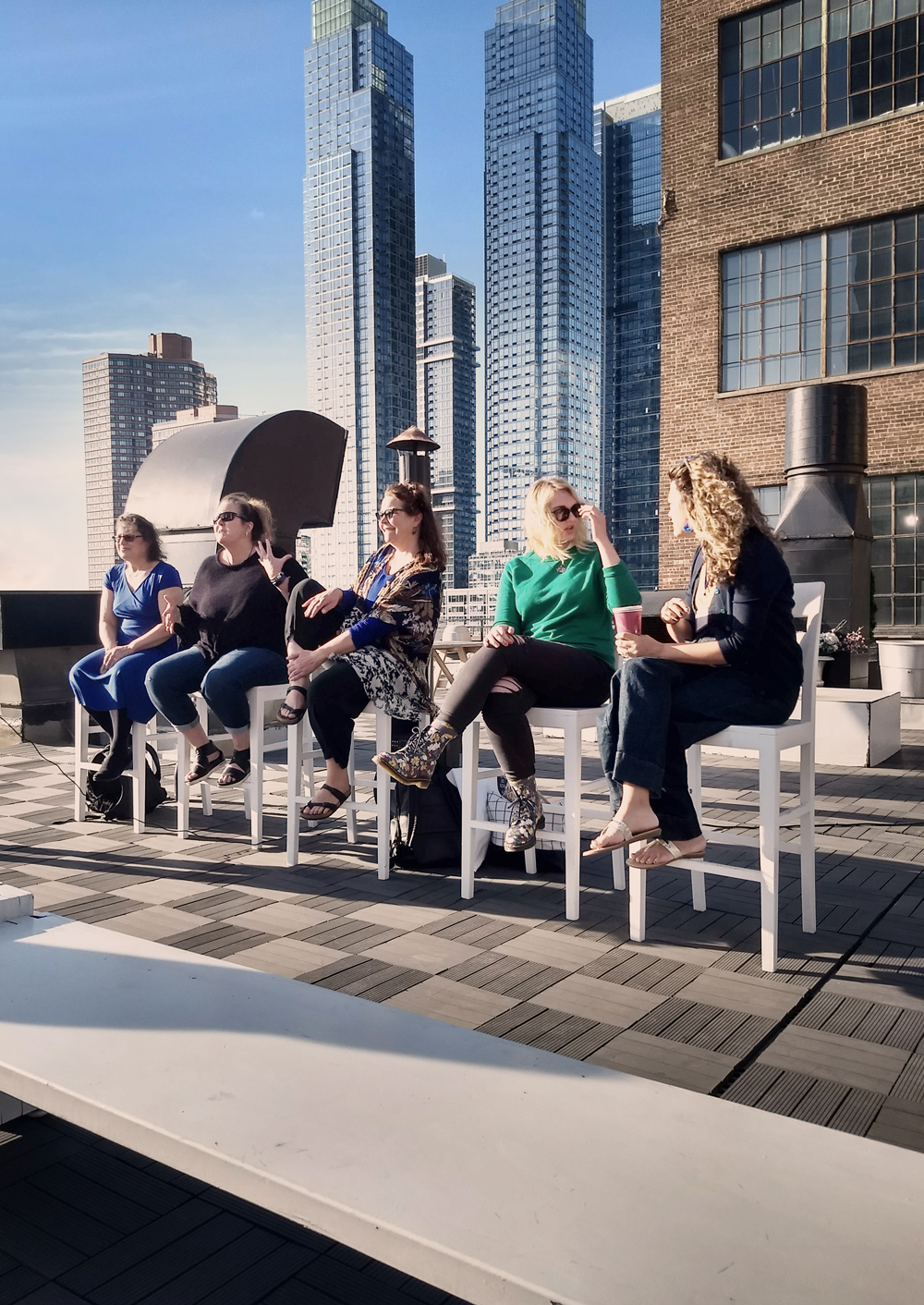
Cons
- LOW TRAFFIC! This is the single biggest complaint I have with Blueprint NYC 2019. From what I’ve heard from other artists, this seems to be the experience of nearly everyone at this show. At our booth, we sometimes sat for hours without a single client walking our aisle. And even when clients did walk our aisle, some did not stop at our booth since buyers seemed to be looking for very specific designs.
Multiple theories have been put forward as to why traffic was so low. First, Surtex (the other big industry trade show) moved to February this year, so it’s possible buyers spent their budgets in February. Second, Blueprint became so big this year that the show split into two locations. This confused clients and created an incohesive feel to the show. Also, possible 25% government trade tariffs in the news affected buyers that may have had to redirect funds to existing goods that potentially weren’t profitable any more. - Low sales. Low traffic translates to low sales. Andie collected a lot of client contact info for follow-up after the show, but actual business at the show turned out to be a disappointment in our booth and many others. My personal expectations were extremely low; in fact, I expected just to experience the show and nothing else. Well, that was good, because that’s exactly what happened. Licensing deals don’t usually happen at these shows, but outright sales do… except when client traffic is low.
- Long show. Blueprint 2019 spread itself over 4 days PLUS setup (Sunday setup, Monday-Thursday show). This felt waaaaaay too long. Obviously, I can’t change this since it’s not my show, but it would be more economical for artists and clients to attend a three-day show instead of four.
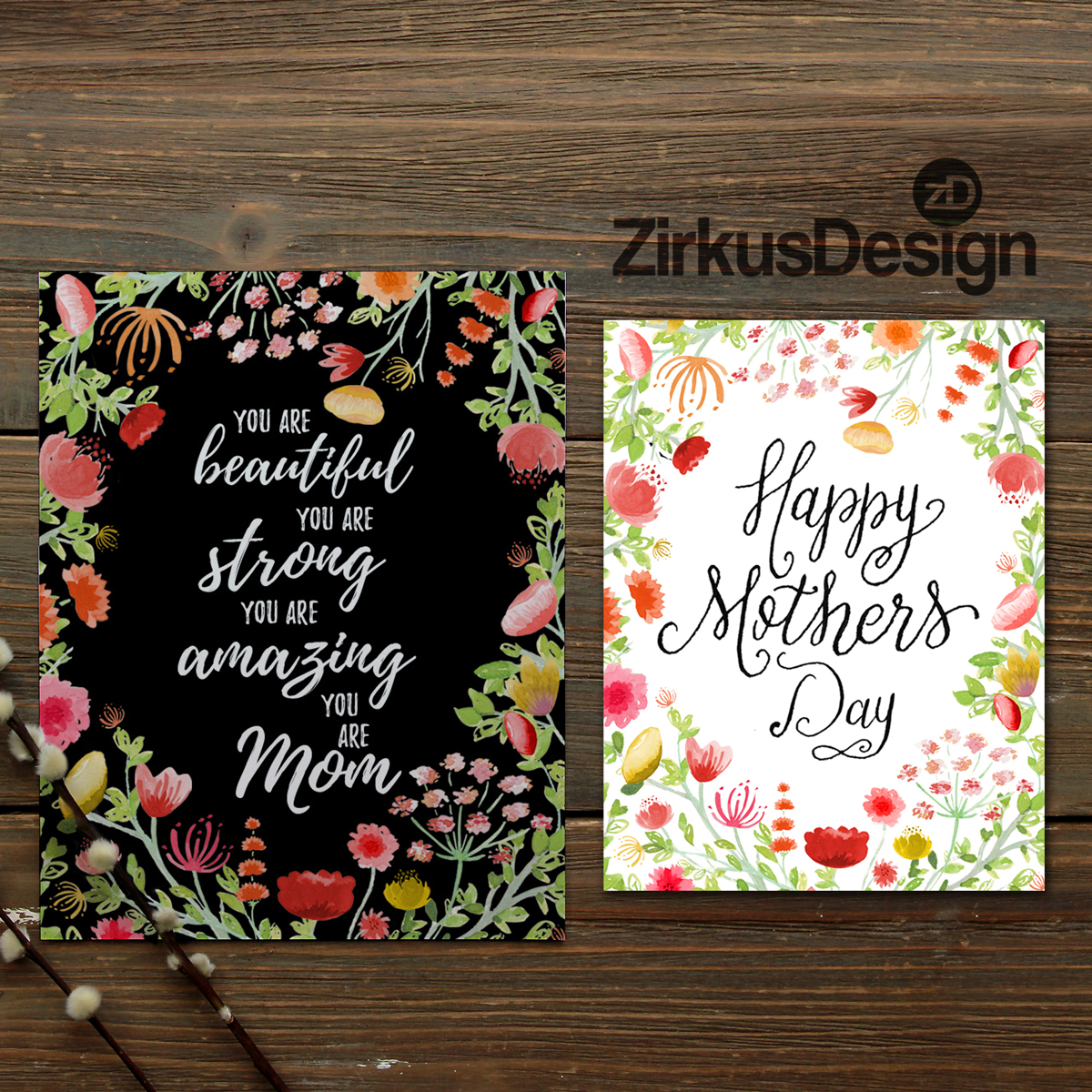
Kate’s Take on Blueprint NYC 2019
I asked my friend Kate Rhees who is a Spoonflower rock star (seriously, check out her shop here!) that attended Blueprint with me to share her feedback on attending the show for the first time.
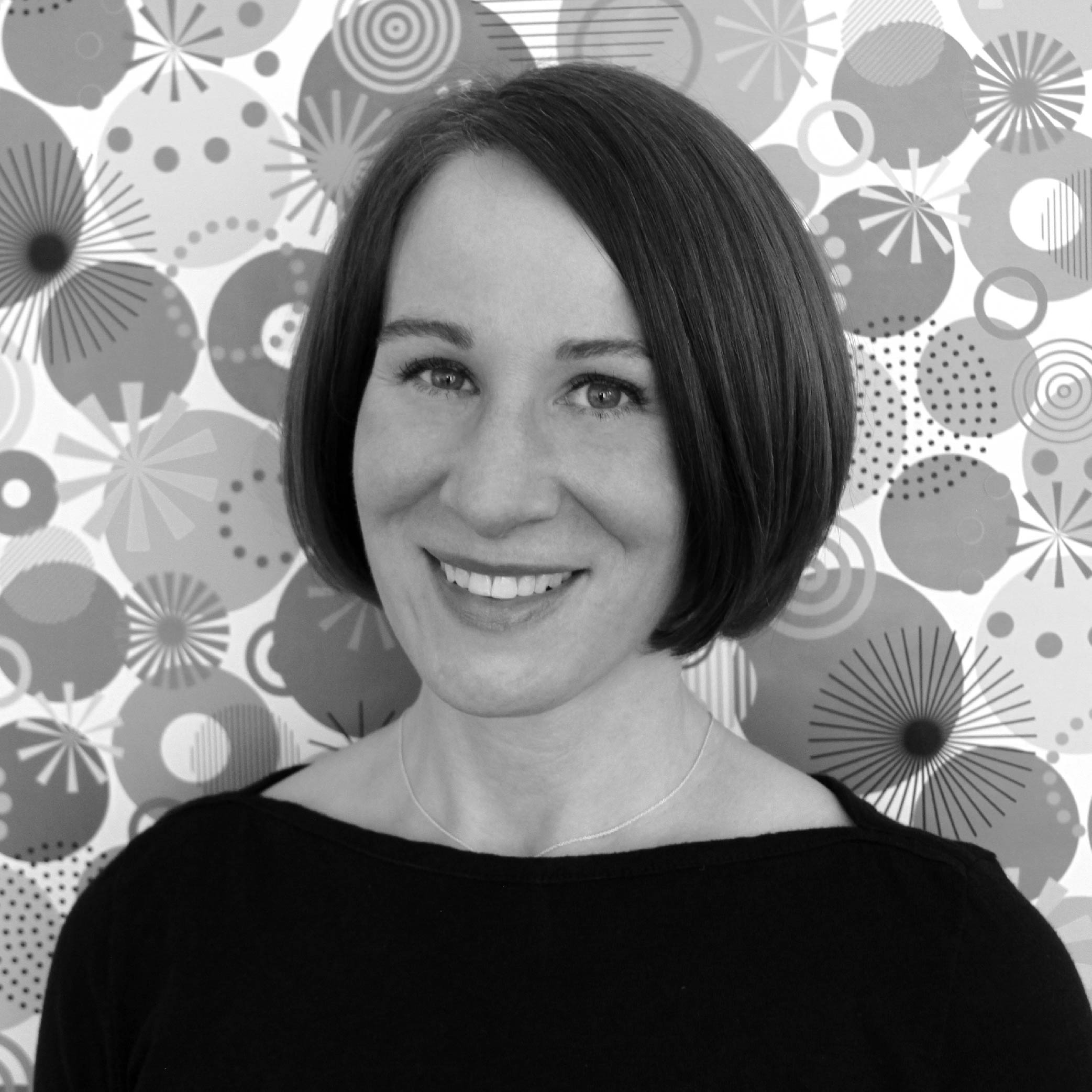
Here’s what she had to say:
Blueprint was so fun! It was great to see my internet artist friends, and it was a riot to meet, and hang out, and bond with new new artist friends. Since I work from home, it felt amazing to be surrounded by my tribe. I was hoping to get real-life reaction to my art, but sadly, there were SO FEW buyers, I literally got zero reaction or feedback at all. The few buyers who came by, it seemed, were looking for VERY specific things (that I didn’t have).I learned a lot, and it was great to see how the sausage gets made, but I will not do Blueprint again unless I’m feeling lonely and want to spend a bunch of time, and money to go hang out with fabulous friends.
Blueprint vs. Surtex
Since I’ve never been to Surtex, I can’t personally answer the question of whether Surtex is better than Blueprint or not. However, Shannon McNab wrote a fabulous post on her experience at Blueprint 2019 and her thoughts on Blueprint vs. Surtex. She also features the opinions of fellow Blueprint exhibitors, so make sure to check out that post here.
Would I do Blueprint again?
Great question. The answer is a big fat… maybe.
Though Andie invited all her artists to attend Blueprint 2019, I didn’t *have* to go. I wanted to go, AND getting to New York from Arizona worked with my existing travel plans.
I think I would like to experience Surtex first and see if Blueprint recovers in 2020 (as a non-attendee) before considering Blueprint 2021. I wouldn’t rule out going to Blueprint again, but I think I’d like to see what Surtex has to offer before doing Blueprint again.
Your Thoughts?
Do you have any questions about Blueprint I didn’t answer in this post? Are you thinking of attending Blueprint or Surtex as a surface pattern designer? Did you attend Blueprint and have a different opinion? Let me know in the comments below.
Happy creating!
